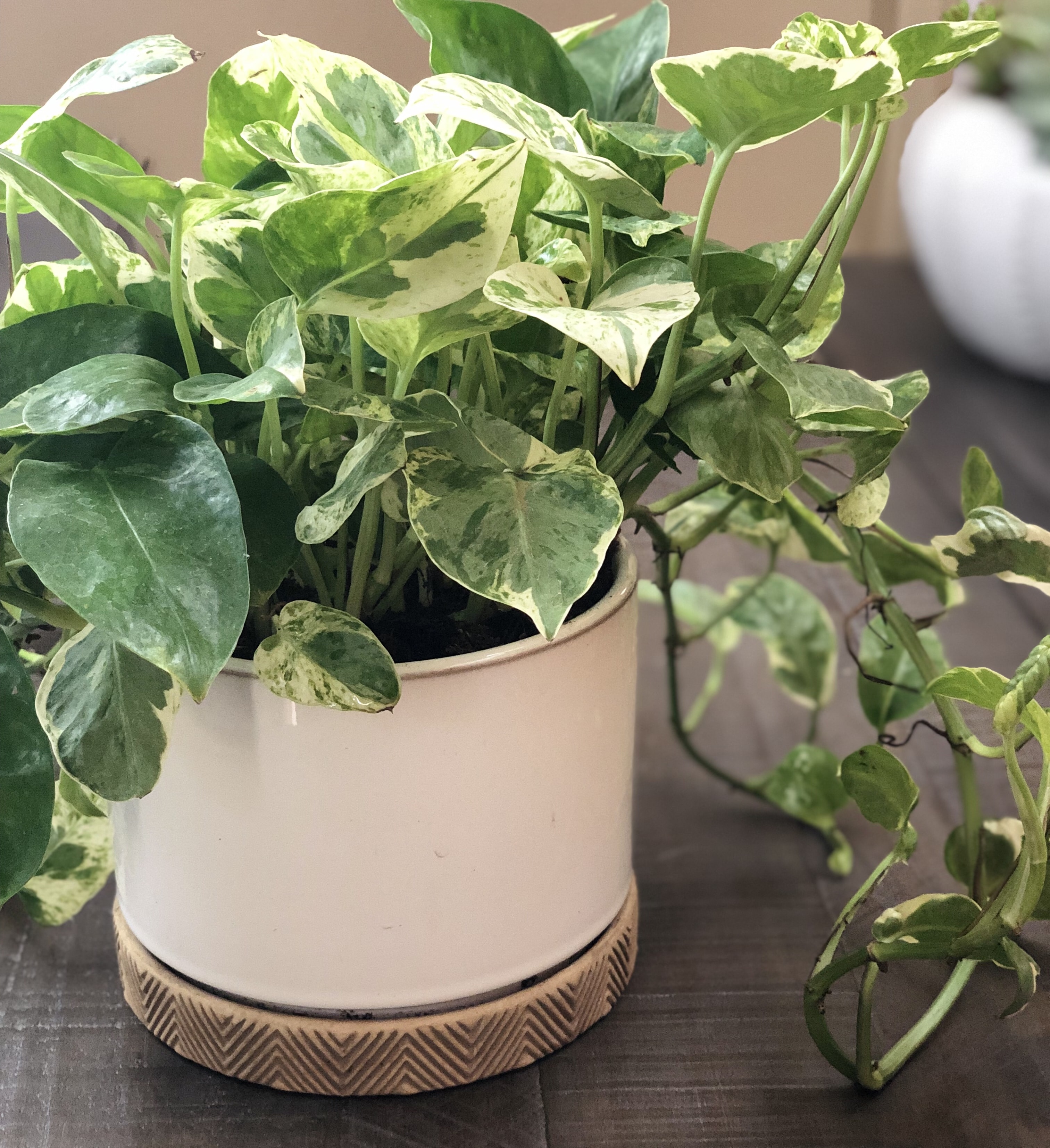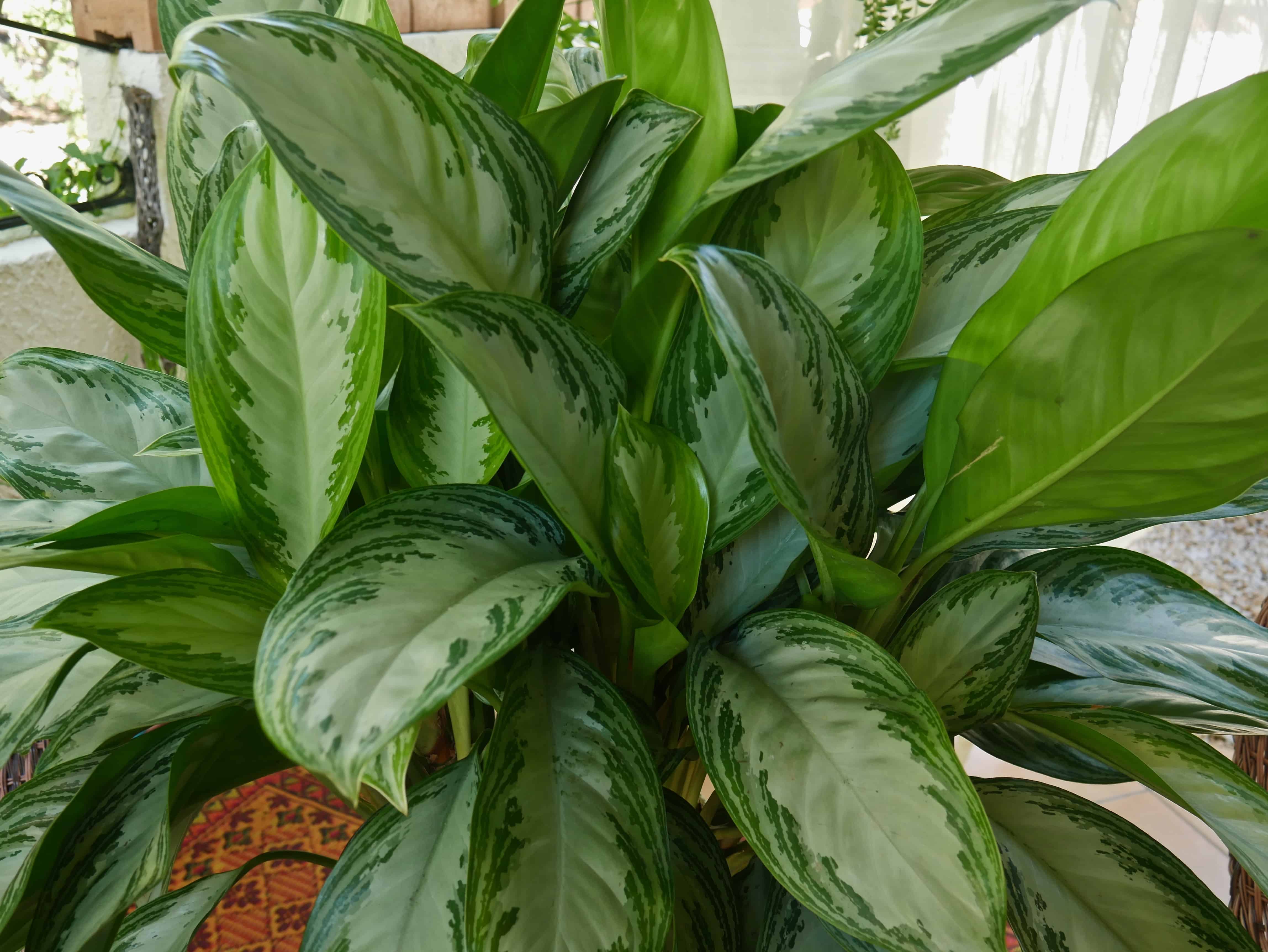Easy Indoor Plants Anyone Can Grow: A Simple Guide for Beginners

Let’s talk about why people actually struggle with indoor plants—and a few mental flips that’ll make the supposedly “impossible” (keeping greenery alive) not just possible but almost foolproof. Having tested this across three apartments, two jobs with wild hours, and one famously sunny-killing window, I’ve realized: it’s less about gardening skill and way more about habits, expectations, and how we react to setbacks.

Why "Low-Maintenance" Works: The Psychology Behind Stress-Free Plants
The reason easy-care houseplants like pothos, spider plants, and snake plants set you up for success isn’t their hardiness alone—it’s the psychological boost that comes from visible progress with minimal effort. When you see new shoots after barely remembering to water, you get a tiny “maybe I’m not a disaster after all!” hit of dopamine. That positive reinforcement is what makes caring for plants habit-forming. Suddenly, watering isn’t a chore—it’s proof you’re competent at something green.
Real Barriers Aren’t Technical—They’re Emotional
People don’t abandon houseplants because it’s objectively hard; they bail out of embarrassment or frustration the first time something wilts or gets brown tips. Early failure feels personal—like evidence you lack whatever mysterious touch “plant people” possess.
But here’s a different lens: Every crispy leaf is feedback—never judgment. You adjust based on what your plant communicates (droop = thirsty or rootbound; yellowing = overwatered). When you interpret each issue as useful data instead of proof of incompetence, your odds of sticking with it skyrocket.

Failures First: My 2017 Snake Plant Incident
Back in 2017, I bought my first snake plant. Despite its reputation for surviving nuclear winter and direct neglect, mine drooped within a month. It turned out I’d placed it in full sun near a radiator—a rookie mistake that left it parched every day by 2 p.m.
Instead of giving up (tempting), I moved it to my shadowy hallway and cut watering back to once every three weeks (I literally set a calendar reminder labeled “WATER THIS TIME FOR REAL”). Within two months, new leaves popped up—a small but powerful lesson: adapt location before you increase effort.
Sensory Checks Work Better Than Schedules
Relying on intuition (“Does this soil actually feel dry? Does the pot feel lighter than last week?”) beats rigid schedules every time. Once I replaced my strict Saturday watering routine with an index finger test and picking up the pot weekly to gauge weight (a surprisingly satisfying habit), my survival rates skyrocketed—from barely 50% in my early days to over 90% today.

How to Use Neglect Strategically
Here’s an under-celebrated truth: Plants like pothos are biologically programmed for feast-or-famine conditions. Their natural habitats involve drought periods followed by rainfall—not measured watering cans every Wednesday afternoon. When you resist the urge to hover constantly (“Maybe just another splash…”), you’re mimicking their native environment—not failing them.
Framing neglect as “giving the root system time to breathe” helped me stop equating love with overwatering (most beginners’ default). This mindshift can single-handedly save more houseplants than any fertilizer ever could.
Tools and Tricks That Actually Make Life Easier
- Moisture meters? More stress than results for most beginners.
- Clear nursery pots inside decorative covers: These let you see roots/swampy bottoms without ugly plastic dominating your shelf.
- Automated voice reminders: If your brain runs at high speed (guilty), Siri/Google reminders can be literal lifesavers so nothing slips through the cracks.
- Naming Your Plant: Feels silly until saying “Oh no, Reginald looks sad today” nudges action—even subconsciously heightening caretaking instincts!
Matching Plants To Mindsets—Not Just Sunlight
If hectic workweeks mean unpredictable routines, opt for snake plant or ZZ plant—they genuinely thrive on being ignored and lean into your existing habits instead of fighting them.
Love low-stakes experimentation? Spider plants are almost unkillable if forgotten but reward extra attention with baby offshoots you can propagate (and give away—social reinforcement is another psychological motivator).
Apartment gets afternoon shade? Pothos adjusted in even my north-facing windowless kitchen during lockdowns when sunlight was at premium—and seeing its resilient trailing vines reminded me some things keep growing no matter the outside world changes.
“Beginner Obstacles” That Are Really Mindset Traps
- Overwatering as reassurance: We often water because inactivity feels wrong—the classic human aversion to trusting processes we can’t immediately see progress from.
- Psychological hack: Frame not watering as an active choice supporting health—not laziness.
- Buying fancy gear: It scratches our need to “get serious,” though simple drainage holes outperform pricey gadgets unless light is truly lacking.
- Guilt spirals after leaf loss: Reframe brown tips not as failure but necessary feedback—part of growth cycles every hobbyist experiences (including me).
Cost-Efficient Start Guide: Minimal Investment, Maximum Reward
Back in 2021, I challenged myself: keep three common houseplants alive under $40 total for six months.
- $9 spider plant
- $12 pothos cutting (the smaller size acclimates better)
- $15 basic clay pots + free saucers from old plates
Success? One winter later—all thriving, plus propagated spiderettes gifted to friends who now report daily check-ins (“How’s Sheila doing?”).
The takeaway: Effective starts don’t cost much—but they do require reframing minor failures as lessons instead of identity statements.

If there's one secret behind being successful with indoor plants—for real people juggling jobs/kids/Netflix queues—it’s dropping perfectionism and treating each small improvement as progress worth noticing:
- Lasted a week without meltdowns? That counts!
- New leaves despite sporadic care? Mental victory lap justified.
- Survived forgetting vacation week entirely? Welcome to veteran status.
Ultimately, easy indoor plants work because they mesh with human psychology: they reward consistency but don’t punish inconsistency harshly. They teach us confidence through gentle trial-and-error—lessons that extend far beyond greenery if we let them.
So next time someone side-eyes your droopy spiderette or browning edge on ‘Bob’ the snake plant...just smile. You’re not failing—you’re learning exactly how living things adapt alongside real life. That matters way more than perfect Instagram foliage ever will.




